Has your Dungeons & Dragons party woken up in jail with all of their weapons and items stolen? Did your primary firearm break mid-fight with no means of preparing it? If you find yourself in a pinch in D&D with nowhere else to turn, it’s great to use improvised weapons in combat so that you can stay in the fight.

Related
Dungeons & Dragons: How To Use Mob Combat
Got an angry mob with pitchforks coming your party’s way? Use these rules for mob combat in Dungeons & Dragons.
But, if you’re new to Dungeons & Dragons, or even a veteran player, you might not have ever had a chance to use improvised weapons. If that’s the case, this guide has everything you need so that you can understand and wield improvised weapons.
What Are Improvised Weapons?
Improvised weapons can be any item you find in Dungeons & Dragons that you use as an unconventional or makeshift means of attack.
Some examples of improvised weapons might include:
- A frying pan
- A chair
- A log
- A book
In essence, an improvised weapon is any weapon you use to make an attack that is not already listed on the simple or martial weapons table in the Player’s Handbook.
However, there is a loophole to this rule. Improvised weapons can also include simple or martial weapons in one particular instance: if they’re used unconventionally or contrary to their initial design.
See the table below for some examples of how standard weapons can be transformed into improvised weapons.
|
Weapon |
Image |
Type |
Unconventional Usage |
|---|---|---|---|
|
Light Crossbow |
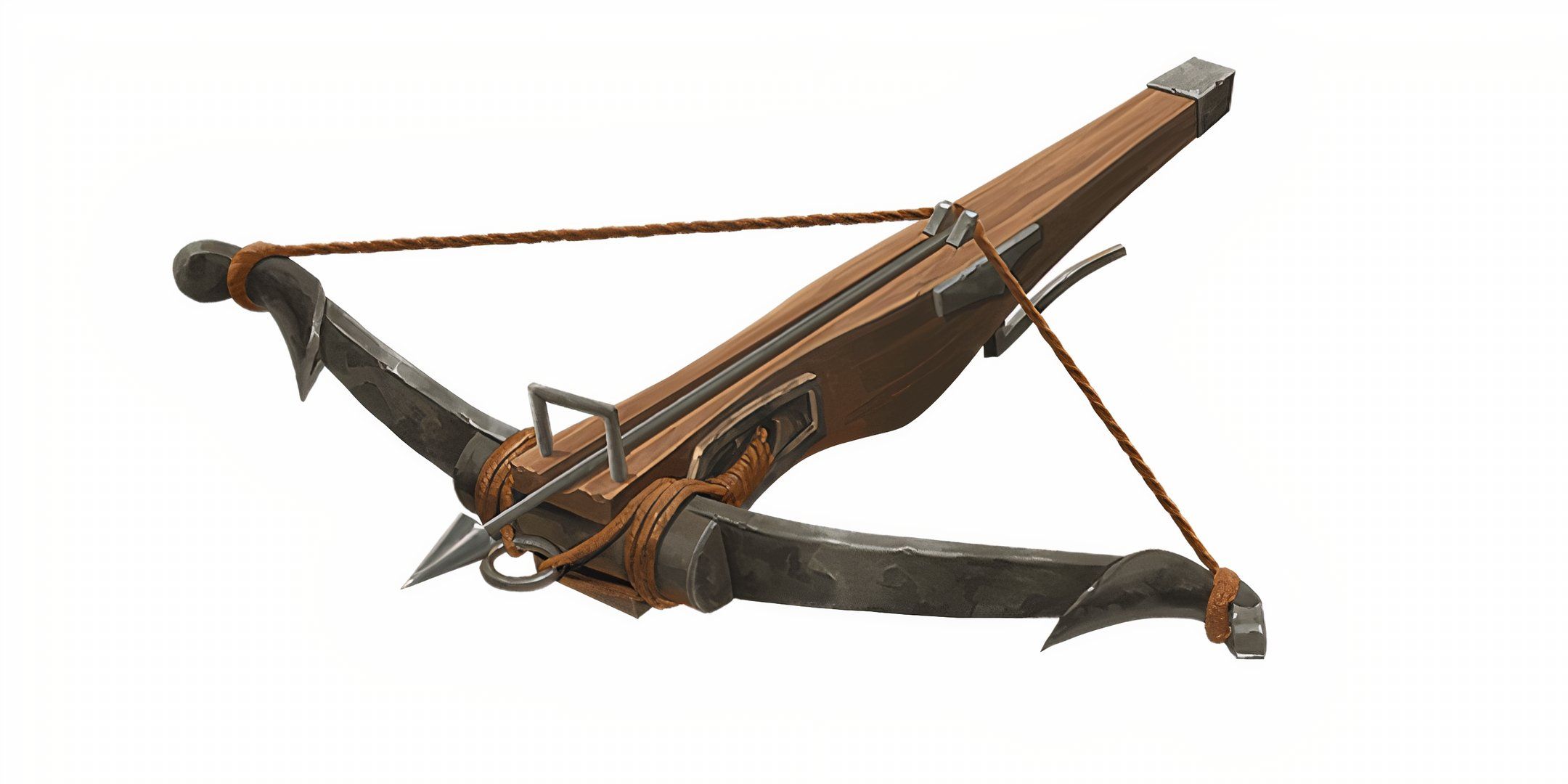
|
Simple, Ranged |
Attacking an opponent in melee range with the blunt end of the crossbow. |
|
Pike |
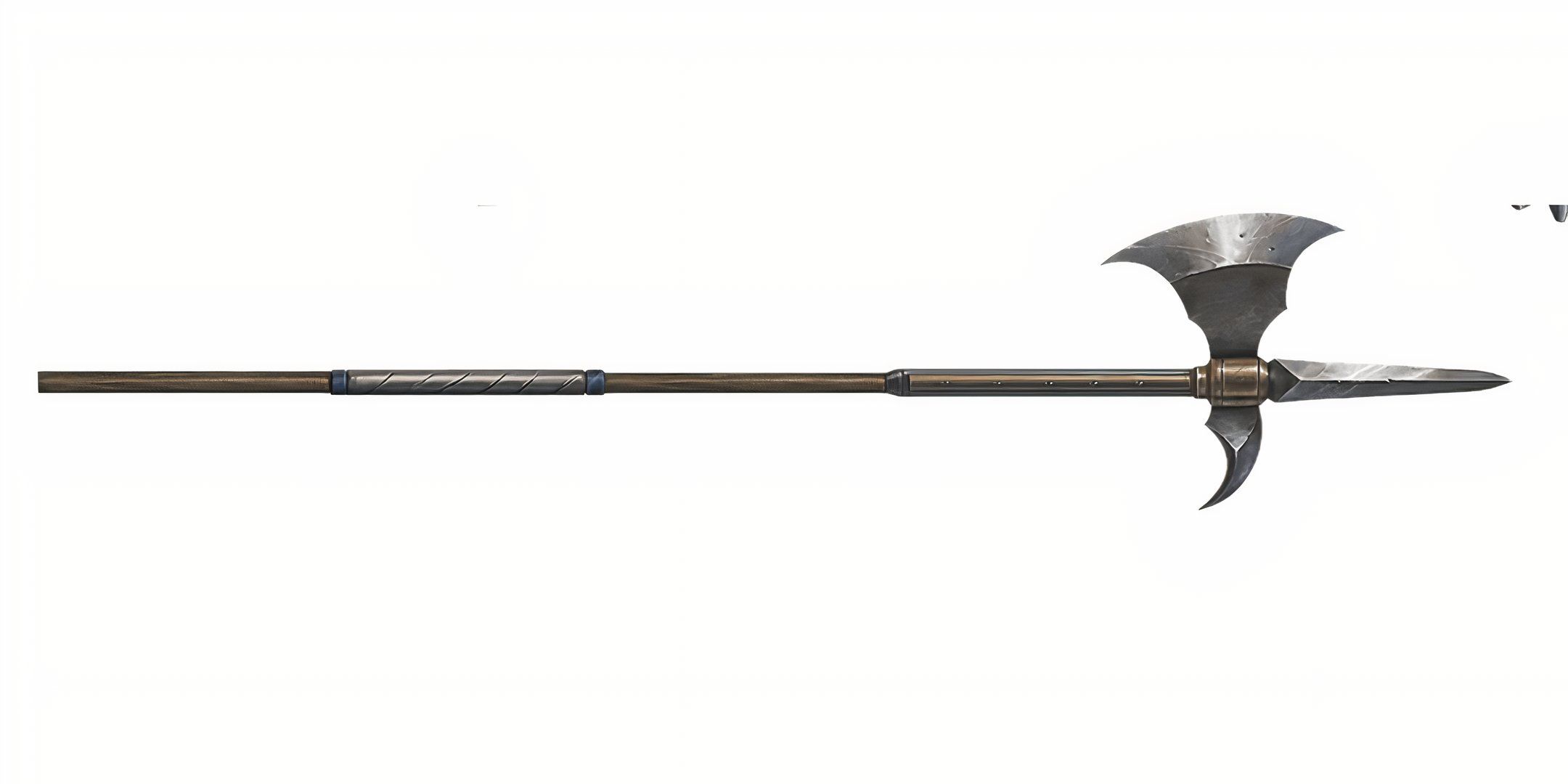
|
Martial, Melee |
Throwing the pike at an enemy 20 feet away. |
|
Greataxe |
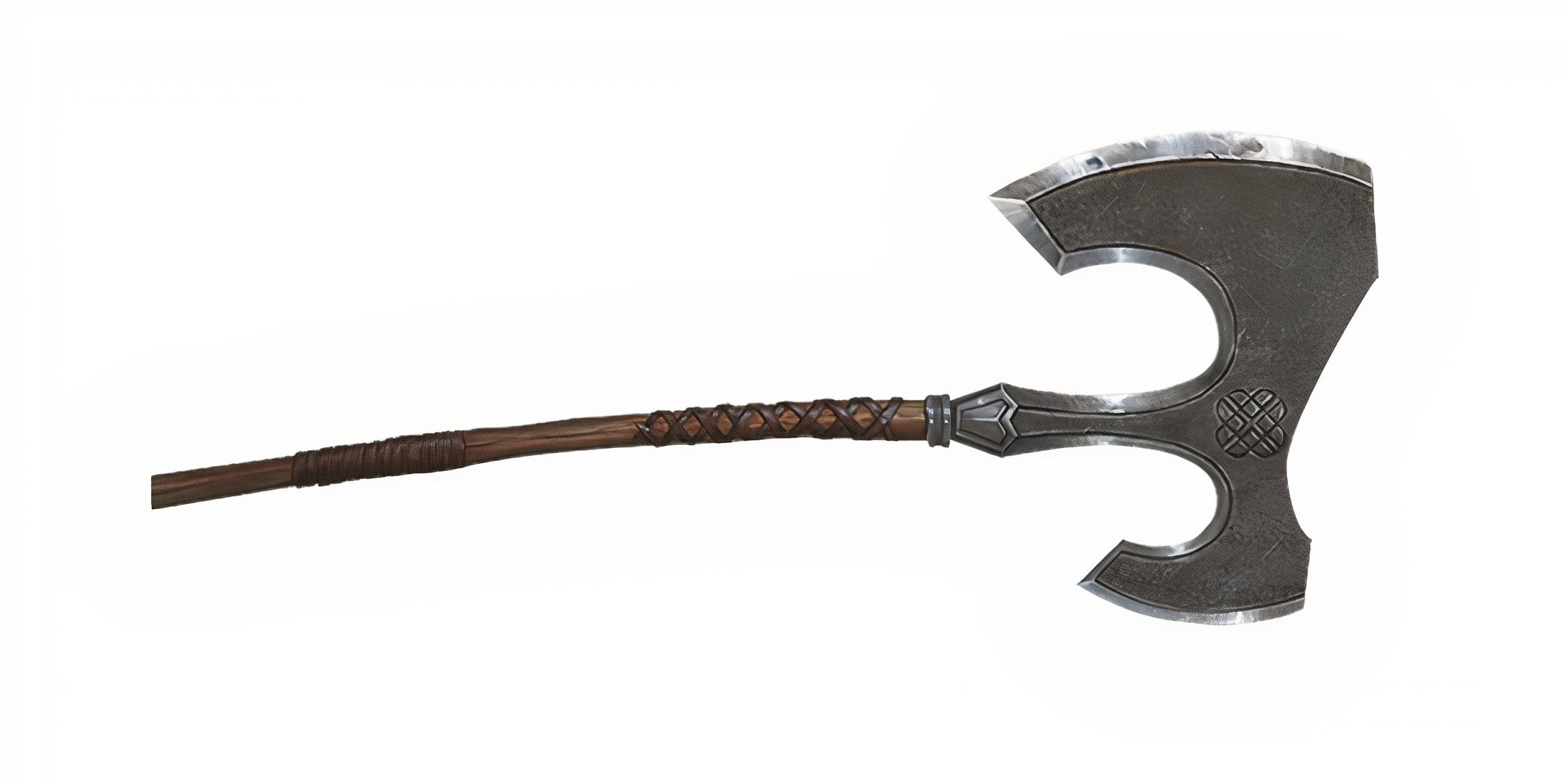
|
Martial, Melee |
Using the flat end of the greataxe’s blade to deal non-lethal damage and knock out an opponent. |
How Do Improvised Weapons Work?
Once you and your DM have determined that something counts as an improvised weapon, you might be wondering how an improvised weapon works.
There are a few simple rules to keep in mind when dealing with improvised weapons; though it’s no secret that these rules mean improvised weapons are more like last resorts than powerful showstoppers.
- Proficiency Bonus – Do not add your proficiency bonus to your attack roles.
- Range – If you’re throwing the weapon, by default, the range of the weapon is 20 feet, with a long range of 60 feet.
- Weapon Equivalents – If you and your DM determine that the improvised weapon resembles a simple or martial weapon, it may function with that weapon’s rules.
What Kind Of Damage Does An Improvised Weapon Do?
After you’ve attacked with an improvised weapon, determining damage is super simple. Once an attack hits, damage for all improvised weapons is 1d4 of a damage type that the DM thinks is appropriate, given the nature of the object.
For example, if you attack someone with the blunt end of your sword, the DM might determine that the attack does 1d4 bludgeoning damage.
Alternatively, let’s say you throw a glass bottle at someone as an attack, and it hits; the DM might determine this deals 1d4 piercing damage.
Ultimately, the type of damage an improvised weapon does is up to the DM, and not up to the player’s discretion.
Can You Become Proficient With Improvised Weapons?
By default, no player has proficiency with improvised weapons. However, there is a workaround for this if you take a certain origin feat at first level.
If you take the Tavern Brawler feat at first level, you gain the following benefits, which includes a workaround for improvised weapon proficiency.
- Enhanced Unarmed Strike – Your unarmed strikes deal 1d4 bludgeoning damage plus your Strength modifier.
- Damage Rerolls – You can reroll ones for unarmed strike damage.
- Push – You can push targets five feet away from you when you deal damage with an unarmed strike.
- Improvised Weaponry – You gain proficiency with improvised weapons.
With this feat in tow, you can add your proficiency bonus to improvised weapon attacks.
If you’re interested in playing a surly drunkard who makes use of improvised weapons often, make sure to take the Tavern Brawler feat at character creation.
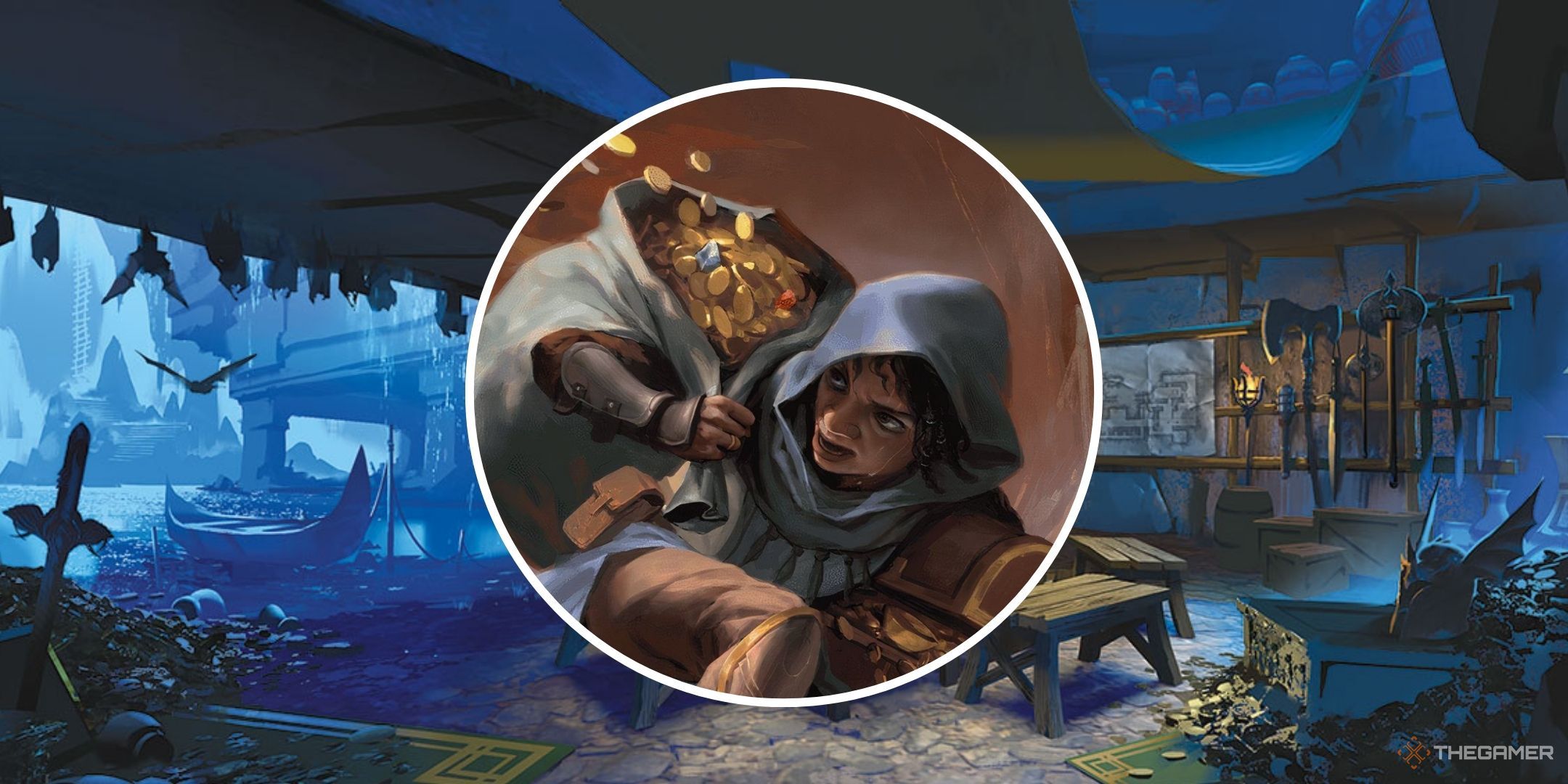
Next
Dungeons & Dragons: Encumbrance Explained
What exactly is encumbrance in D&D and how does it affect you? We’ve got everything you need to know right here.


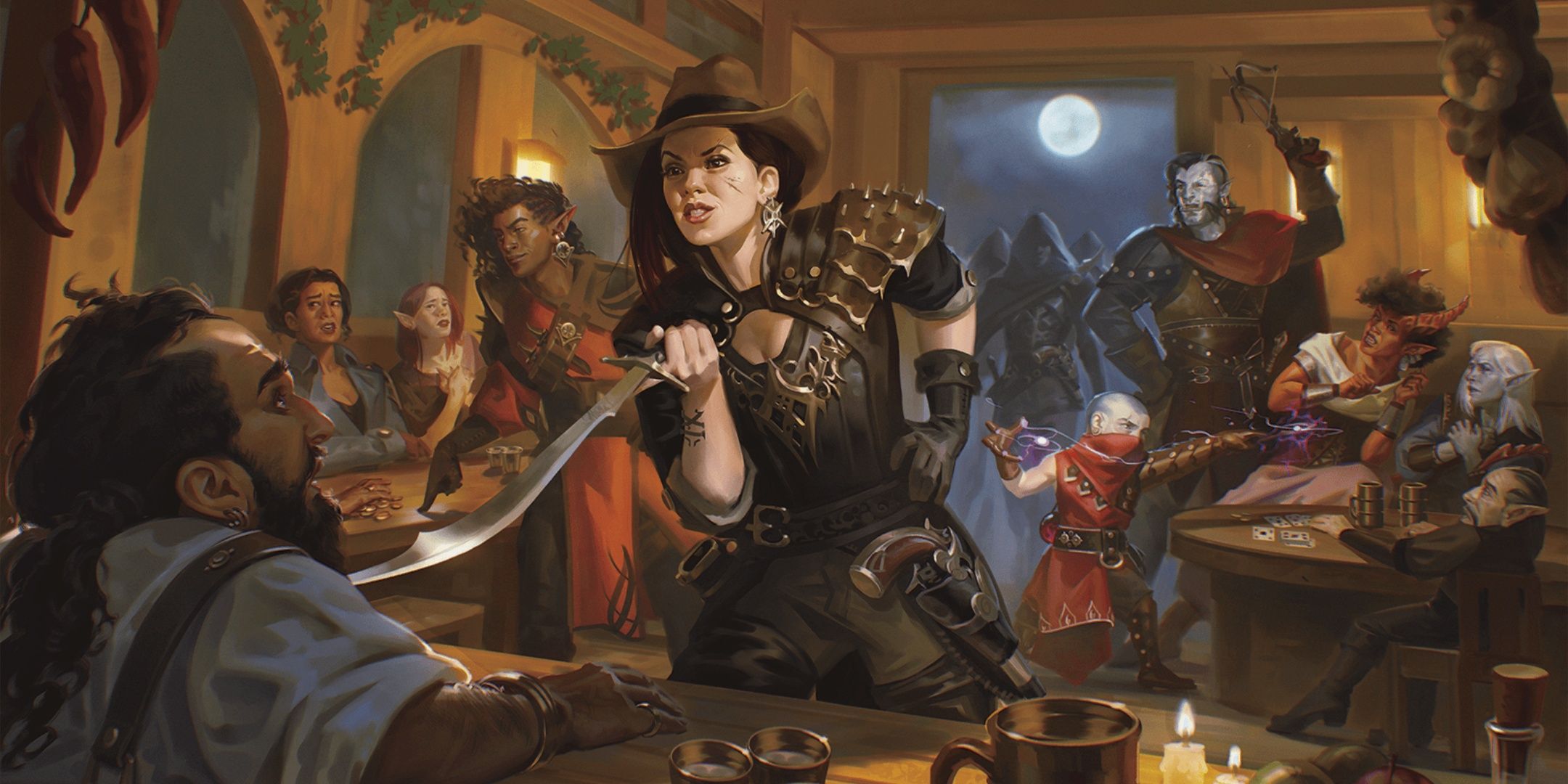

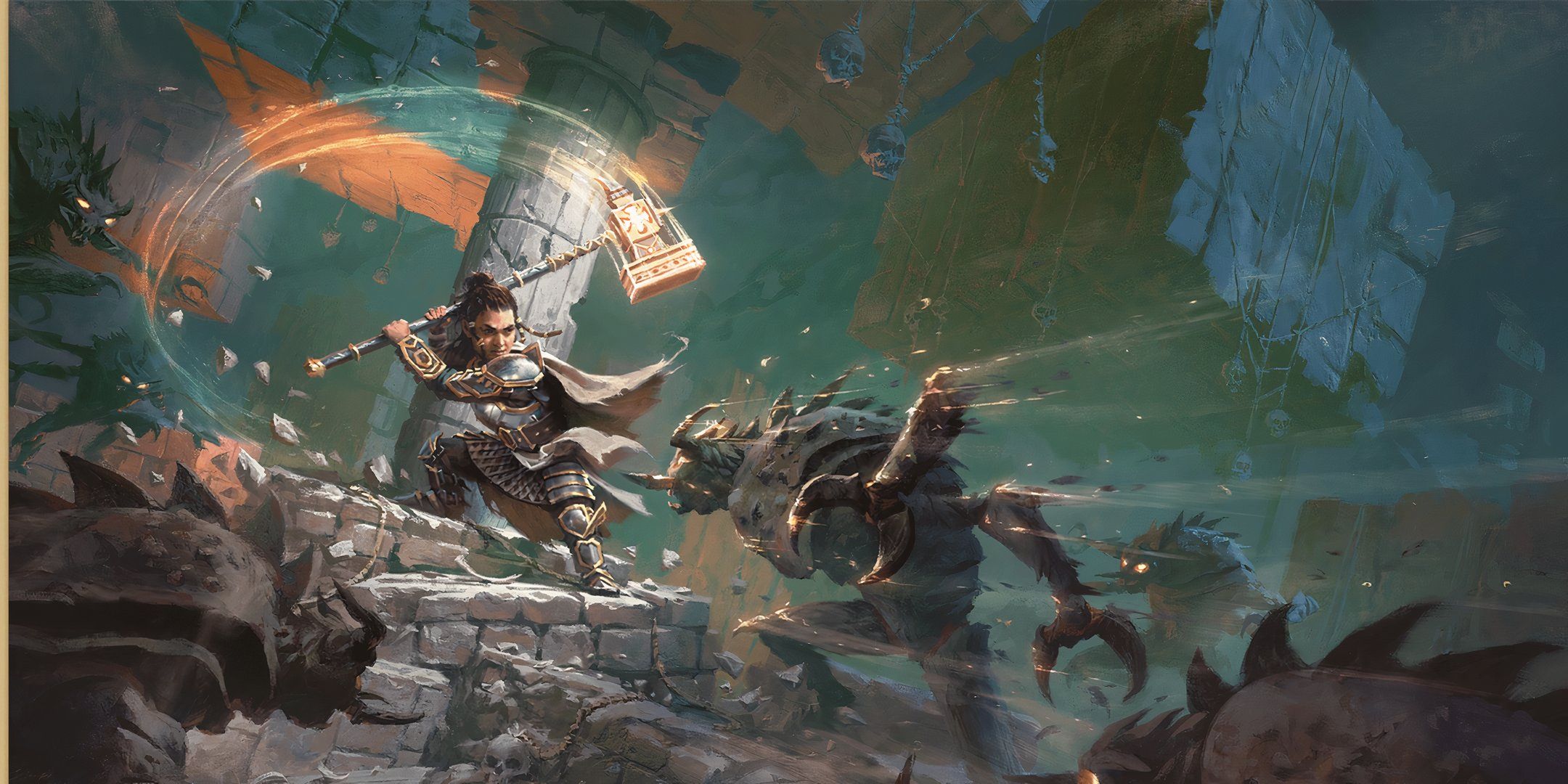
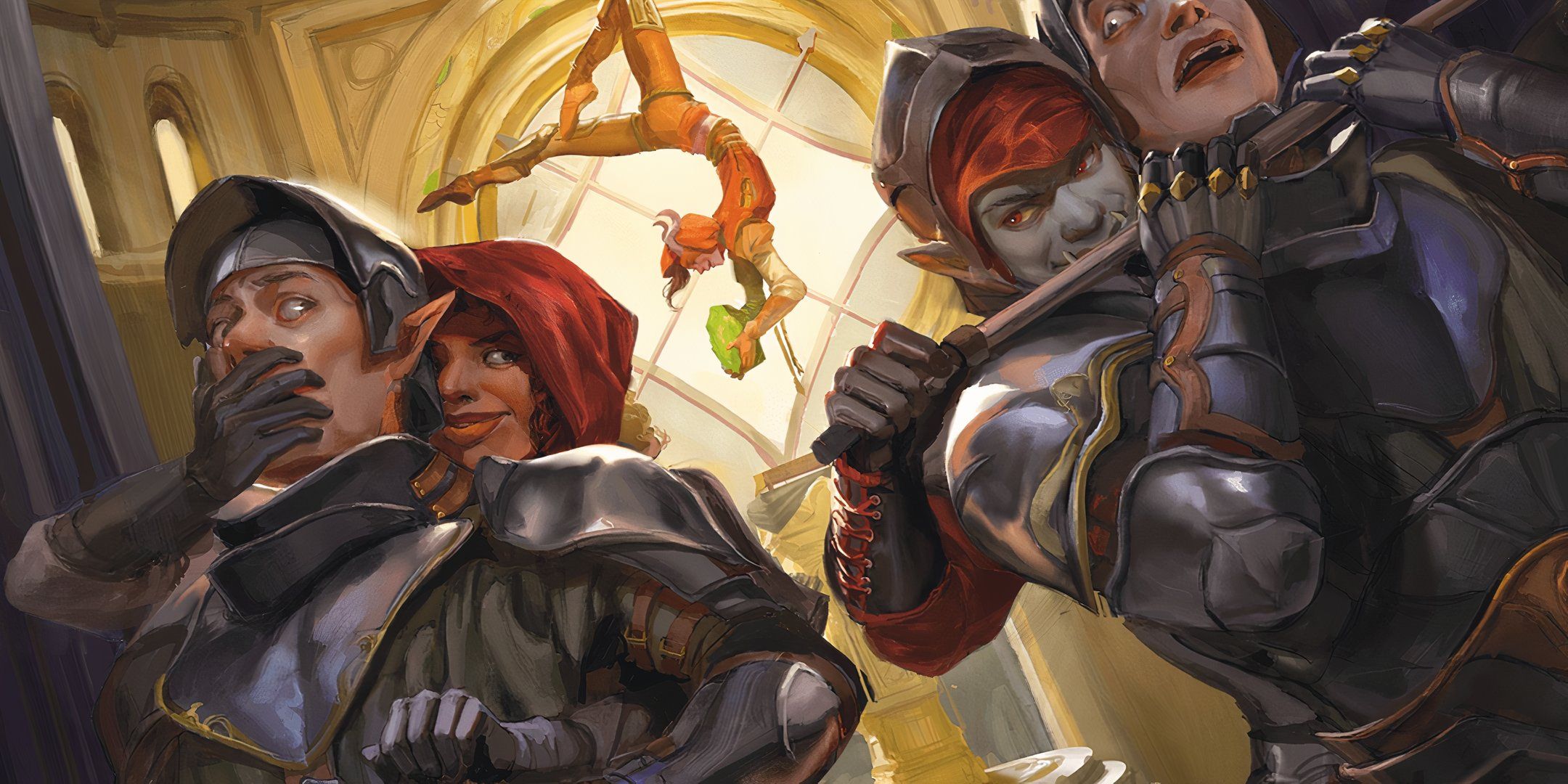




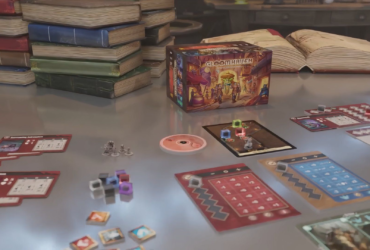




Leave a Reply